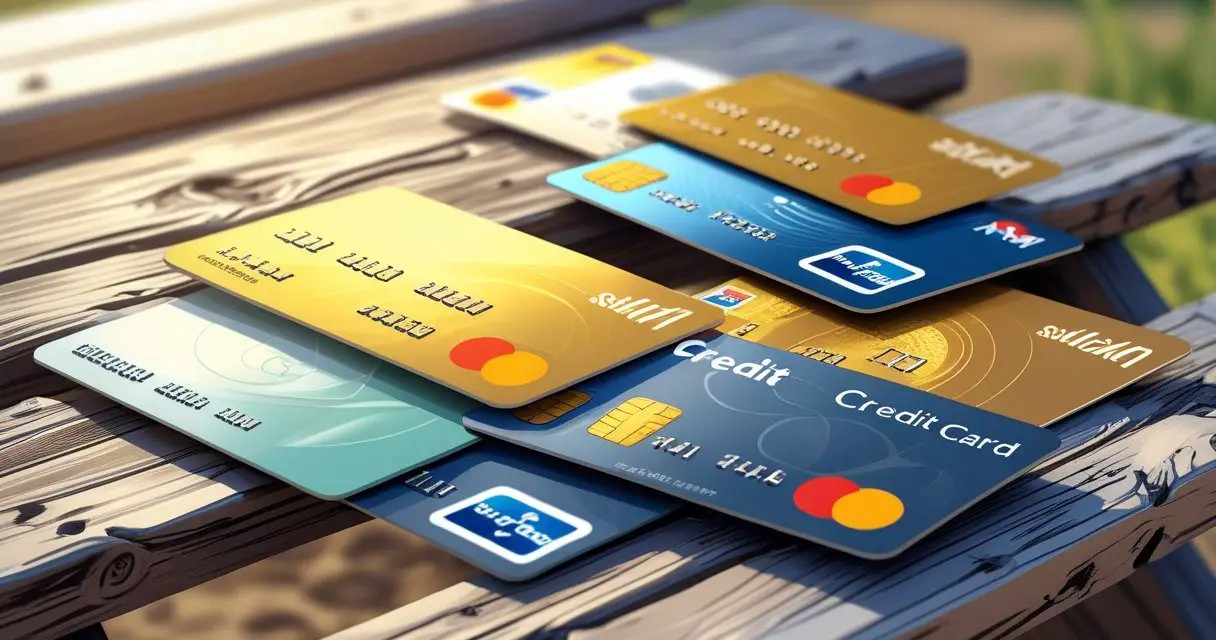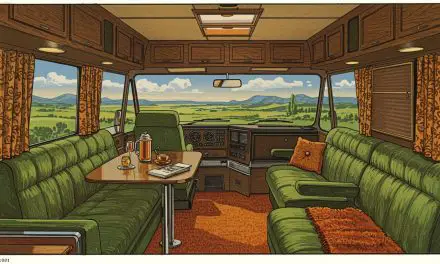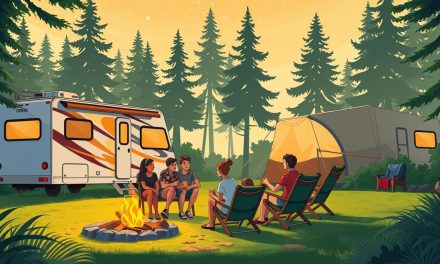Would you like to save this article?
The eternal question for every RV enthusiast, right after “where’s the next best campsite?” and “why is that warning light on?”, is undoubtedly how to pay for all those glorious upgrades.
We’re talking about the financial gymnastics required to turn a stock rig into a personalized home-on-wheels, complete with solar panels, memory foam mattresses, and that espresso machine that absolutely requires a dedicated inverter. To settle this burning question once and for all, we recently posed a poll to our dedicated newsletter readers, asking: “What is your preferred method for financing RV upgrades?”
This isn’t just idle curiosity; we’re taking the financial pulse of our community. A huge thank you to everyone who cast their vote and made their financial strategy (or lack thereof) known. If you missed this round, make sure you’re subscribed to our newsletter so you can vote next time and help shape the results!
The results are in, and they paint a fascinating picture of fiscal responsibility mixed with a healthy dose of “I’ll deal with that later.” Here’s how the chips fell:
| Financing Method | Percentage of Votes |
|---|---|
| Personal Savings | 38% |
| Credit Card | 0% |
| Loan | 38% |
| Not Applicable | 24% |
The Titans of Treasury: Savers vs. Borrowers
In one corner, we have the “Savers,” a disciplined group comprising 38% of voters who practice the art of delayed gratification. These are the planners, the budgeters, the ones who look at a shiny new lithium battery bank and say, “You will be mine… in approximately 14 months.”
They squirrel away funds with the determination of a chipmunk preparing for the apocalypse, and their reward is a guilt-free upgrade, paid for in full, with not a cent of interest to be paid. Their personal finance motto is undoubtedly, “If I can’t pay for it with cash, I can’t afford it.”
In the opposite corner, weighing in at an identical 38%, we have the “Borrowers.” This crowd understands that life is short and camping season is shorter. Why wait two years to save up for that new awning when you can have it now and enjoy it for 24 monthly payments of “easy money”? They see a loan not as a burden, but as a key to instant glamping gratification. They’re living their best life today, and frankly, they’ll be too busy enjoying their upgraded outdoor kitchen to worry about tomorrow’s payment. It’s a bold strategy, and it’s clearly a popular one.
The Ghost in the Machine: The Zero Percent Credit Card Vote
And then, we have the most startling result of all: a resounding, unequivocal 0% for credit cards. Not a single soul admitted to putting a new composting toilet on plastic. This is either a stunning display of collective financial wisdom or the biggest case of selective memory since I “forgot” how much I actually spent on my suspension upgrade. It seems the potential for 29% APR on a residential refrigerator is a universal line that our community simply will not cross. The credit card option sits alone at the kids’ table, untouched, like a casserole everyone is suspicious of.
The “N/A” Crew: Philosophers and Penny-Pinchers
Let’s not forget the 24% who selected “Not Applicable.” This enigmatic group is a fascinating bunch. Some are likely the ultra-minimalist purists who believe their RV was perfect the day it rolled off the lot (a noble, if puzzling, belief). Others are probably still rocking their original 1992 shag carpet and see any upgrade as a frivolous betrayal of its vintage charm. And the rest?
They’re probably just being honest that their “upgrade fund” is currently also serving as their “groceries for the month” fund. We see you, we appreciate your honesty, and we hope your lottery ticket comes through.
Conclusion: Why We Think the Results Shook Out This Way
We believe these results perfectly capture the two primary mindsets of the modern RVer, along with a very real economic reality. The dead-even tie between “Personal Savings” and “Loan” reflects a classic divide between caution and convenience. Many RVers are retirees or those on fixed budgets who prioritize financial security, making saving the only comfortable option.
Conversely, financing has become incredibly accessible, and for younger buyers or those making a major upgrade, a low-interest loan can be a smart way to spread out a large cost.
The absolute zero for credit cards is a powerful statement. It shows that while RVers might be willing to take on structured debt, they are overwhelmingly averse to the high-risk, high-interest trap that credit cards can represent. It’s simply seen as an unsustainable way to finance a luxury expense.
Finally, the significant “Not Applicable” vote speaks to the current economic climate. With rising costs across the board, a sizable portion of the community is likely pausing discretionary spending on upgrades altogether, making the question itself moot for them. Ultimately, the poll reveals a community that is thoughtful, if not sometimes conflicted, about how to fund their dreams on the open road.





